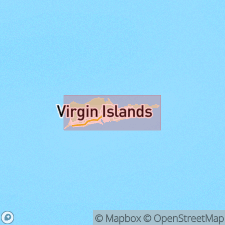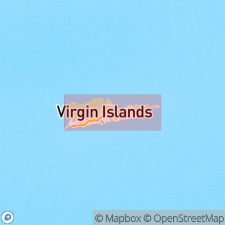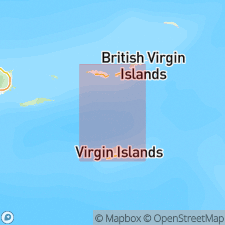
- Usage in publication:
-
- Judith Fancy Formation
- Modifications:
-
- Named
- Dominant lithology:
-
- Tuff
- Sandstone
- Breccia
- Mudstone
- Conglomerate
- Limestone
- AAPG geologic province:
-
- Caribbean region
Summary:
Named for Estate Judith Fancy near Salt River Bay, on north-central coast of St. Croix, VI. Occurs in Northside and East End Ranges. Well-exposed at Estate Judith Fancy, but other outcrops found only in stream valleys, fresh roadcuts, and along coast. Used for unnamed rocks previously mapped by Cedarstrom (1950) as volcanic flows, limestone, and abundant breccia. In Northside Range, consists of fine- to coarse-grained tuffaceous sandstone in western part, breccia and lapilli tuff in north and north-central areas, and tuff and lapilli tuff in eastern part. In East End Range, consists of tuffaceous sandstone, lapilli tuff, and mudstone; also contains a few thin beds of fossiliferous fragmental limestone. Also contains three members (ascending): Clairmont Member (Northside Range), a bed of resistant limestone and volcanic pebble conglomerate; Recovery Hill Member (East End Range), blue-gray mudstone and subordinate fine-grained, tuffaceous sandstone; and Blue Mountain Member (Northside Range), hard, resistant, olive-gray, siliceous siltstone interbedded with fine-grained tuffaceous sedimentary rocks. Total thickness is 15,000 ft. Conformably overlies Caledonia Formation or Springfield Member of Cane Valley Formation. Report includes geologic map and correlation charts. Age is Late Cretaceous (Campanian and possible Maastrichtian) based on Foraminifera from Clairmont Member and upper part of formation and rudists elsewhere in formation.
Source: GNU records (USGS DDS-6; Reston GNULEX).

- Usage in publication:
-
- Judith Fancy Formation
- Modifications:
-
- Overview
- AAPG geologic province:
-
- Caribbean region
Summary:
Provides type locality for Judith Fancy Formation along the coast of north-central St. Croix, at Estate Judith Fancy. Exposures are continuous from Hotel St. Croix by the Sea northwestward for approximately 0.6 mi (on private land).
Source: GNU records (USGS DDS-6; Reston GNULEX).

- Usage in publication:
-
- Judith Fancy Formation*
- Modifications:
-
- Overview
- AAPG geologic province:
-
- Caribbean region
Summary:
Judith Fancy Formation and its Clairmont, Recovery Hill, and Blue Mountain Members are shown in figure 4 to belong to Mount Eagle Group and are assigned a Late Cretaceous (Campanian) age. The Clairmont and Blue Mountain Members are found in the Northside Range while the Recovery Hill Member is found in the East End Range.
Source: GNU records (USGS DDS-6; Reston GNULEX).

- Usage in publication:
-
- Judith Fancy Formation*
- Modifications:
-
- Overview
- AAPG geologic province:
-
- Caribbean region
Summary:
Author follows usage of Whetten (1966) for the geologic units on St. Croix, VI. They include (ascending) the Late Cretaceous Mount Eagle Group, which consists of the Caledonia Formation, Allandale Formation, Cane Valley Formation (and its East End Member), and Judith Fancy Formation; Late Cretaceous Southgate Diorite and Fountain Gabbro intrusions; and Tertiary Jealousy Formation (early Eocene to middle Miocene) and Kingshill Marl (late Miocene, based on Gill, 1990).
Source: GNU records (USGS DDS-6; Reston GNULEX).
For more information, please contact Nancy Stamm, Geologic Names Committee Secretary.
Asterisk (*) indicates published by U.S. Geological Survey authors.
"No current usage" (†) implies that a name has been abandoned or has fallen into disuse. Former usage and, if known, replacement name given in parentheses ( ).
Slash (/) indicates name conflicts with nomenclatural guidelines (CSN, 1933; ACSN, 1961, 1970; NACSN, 1983, 2005, 2021). May be explained within brackets ([ ]).

